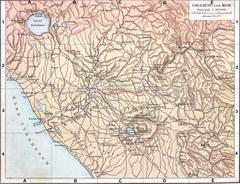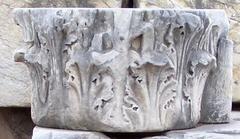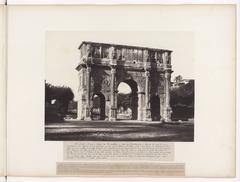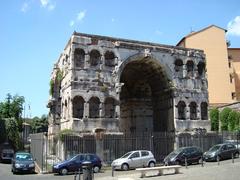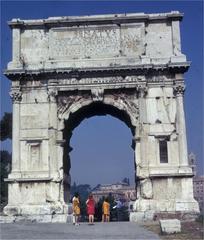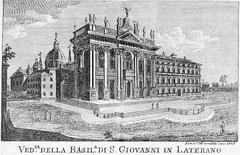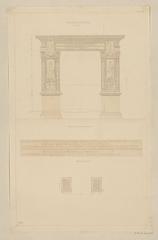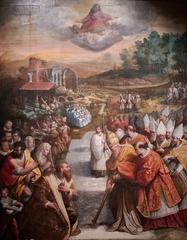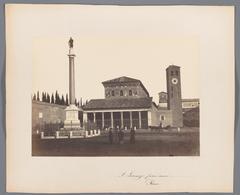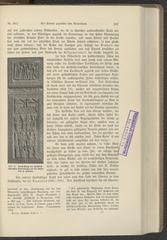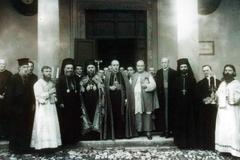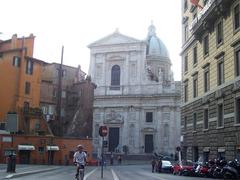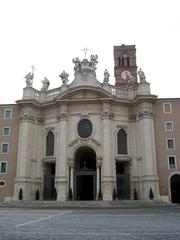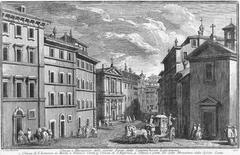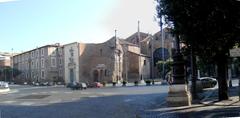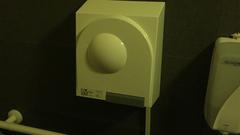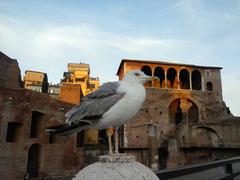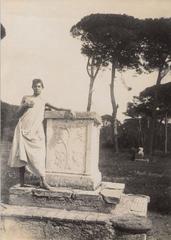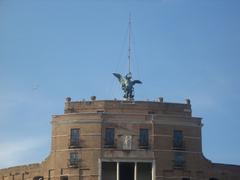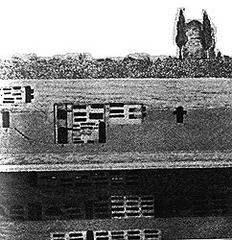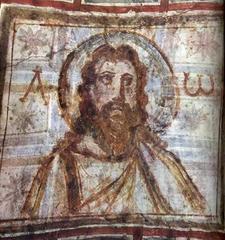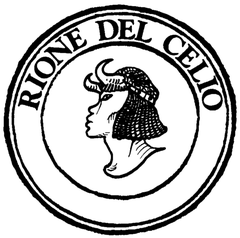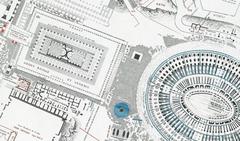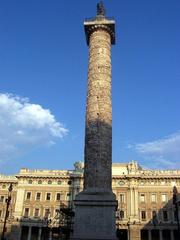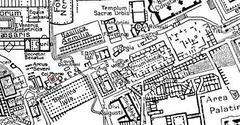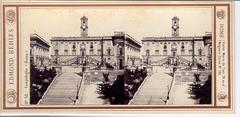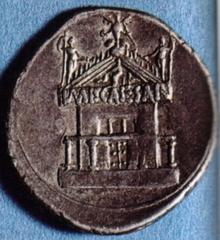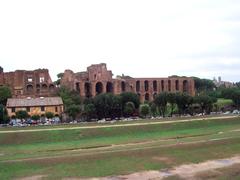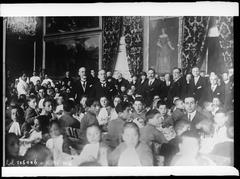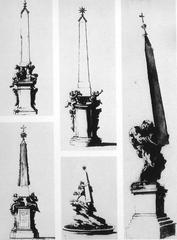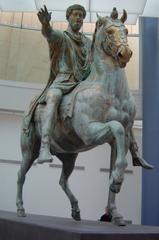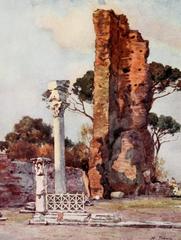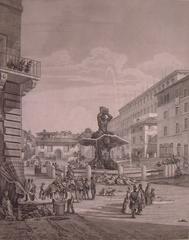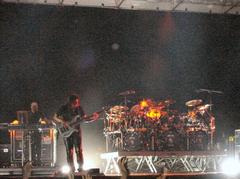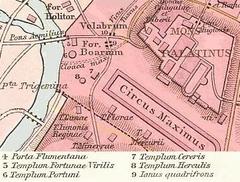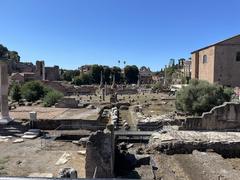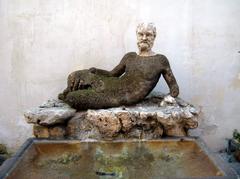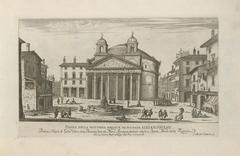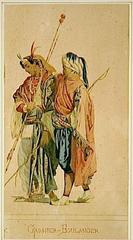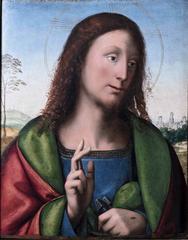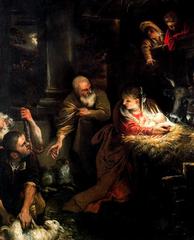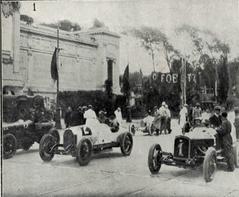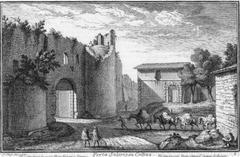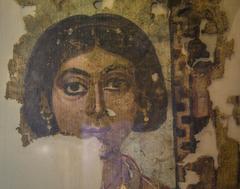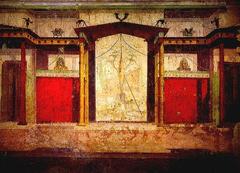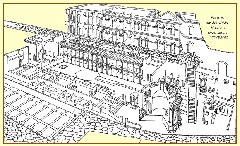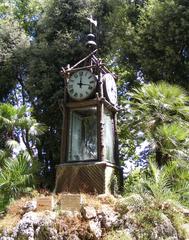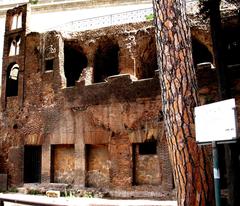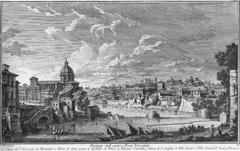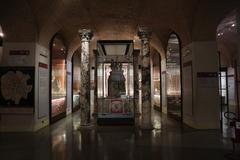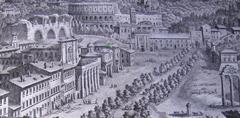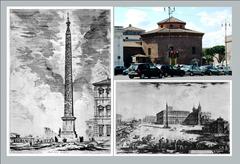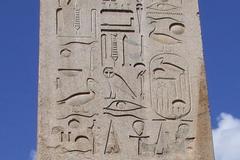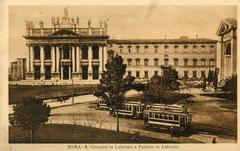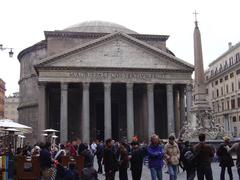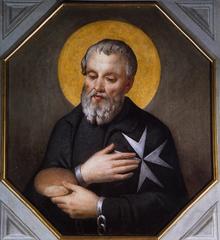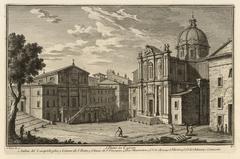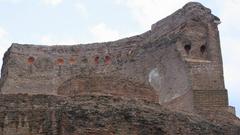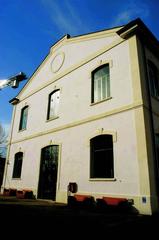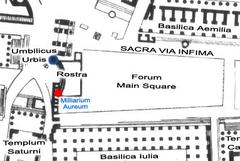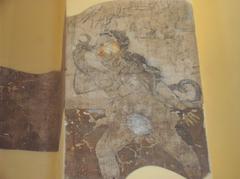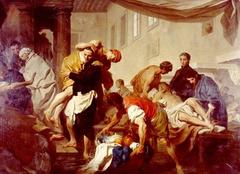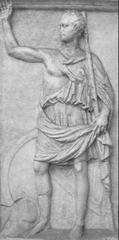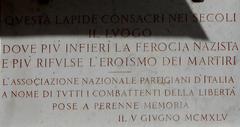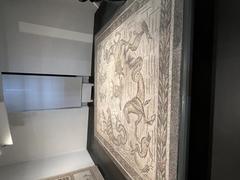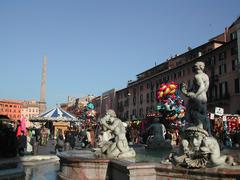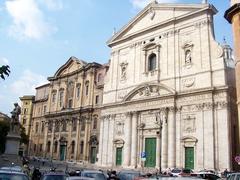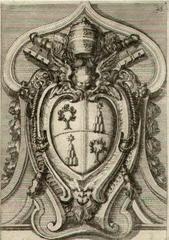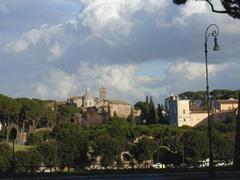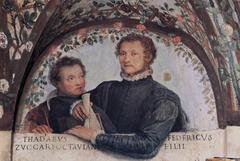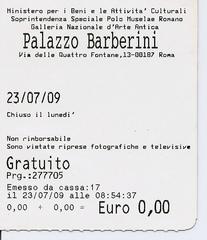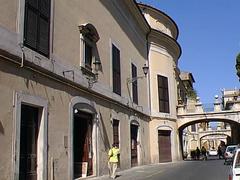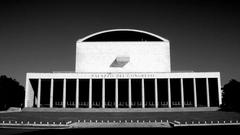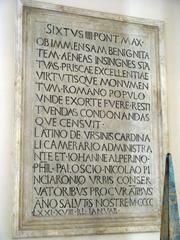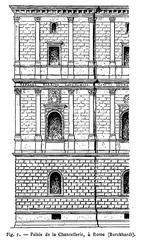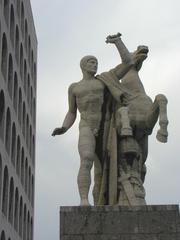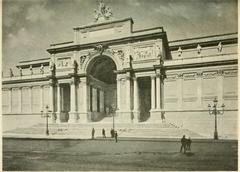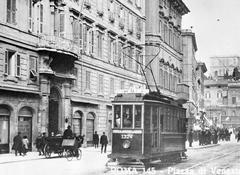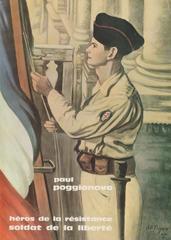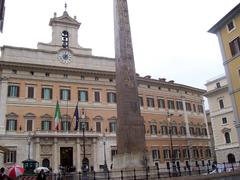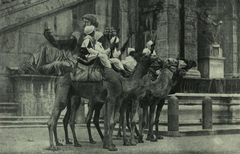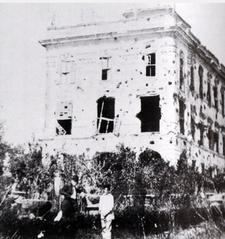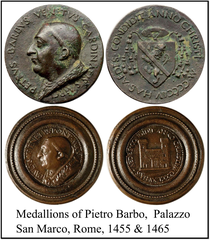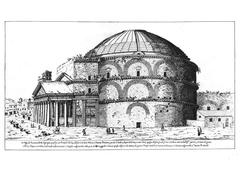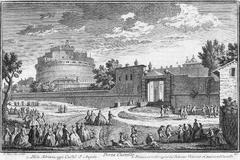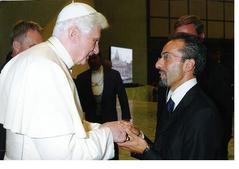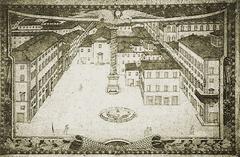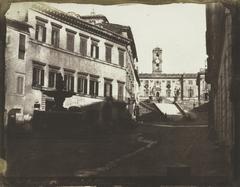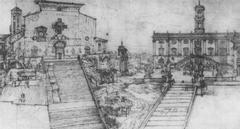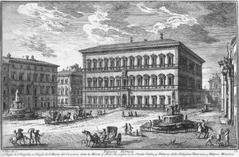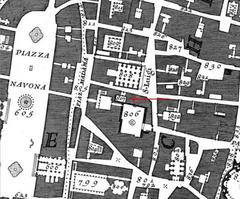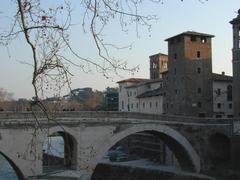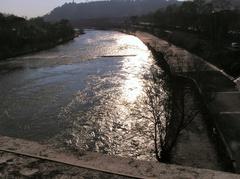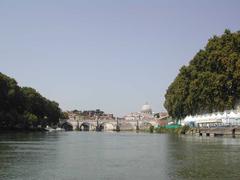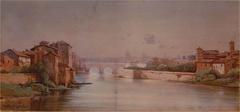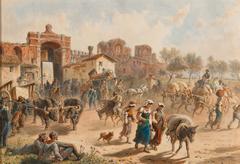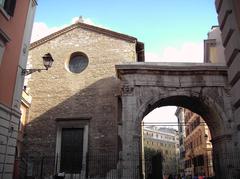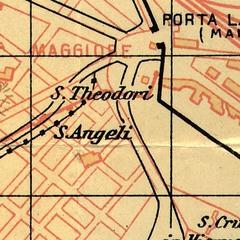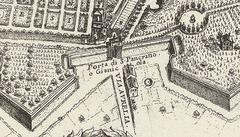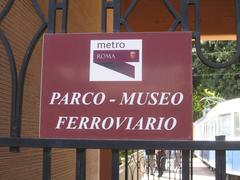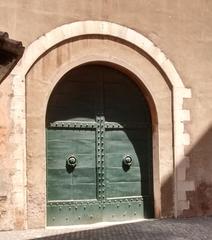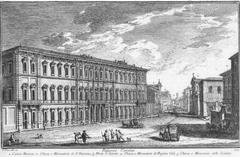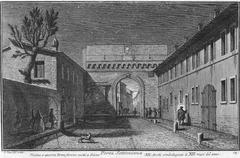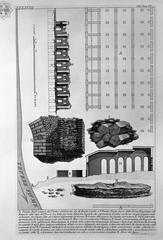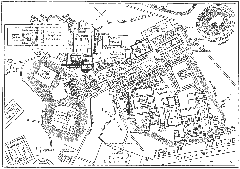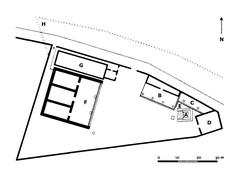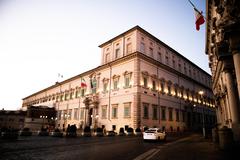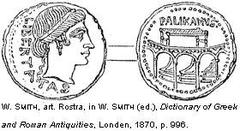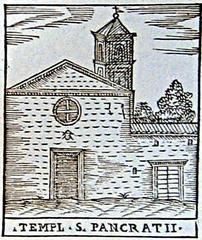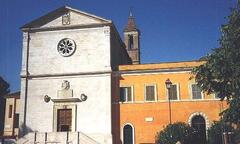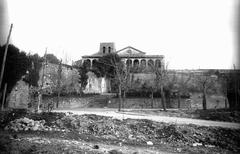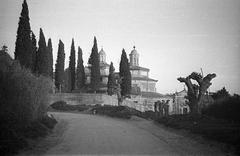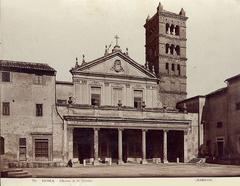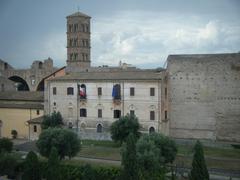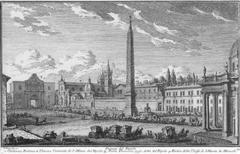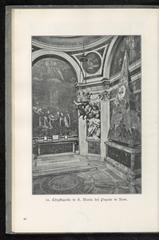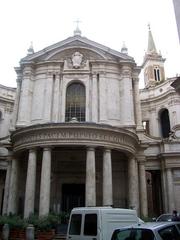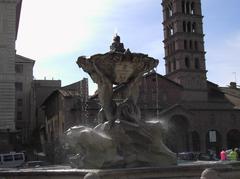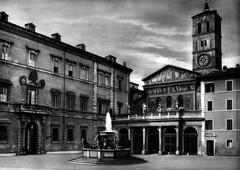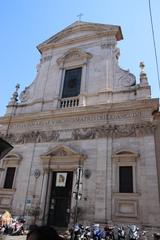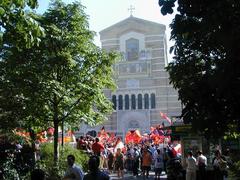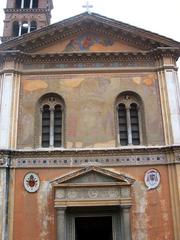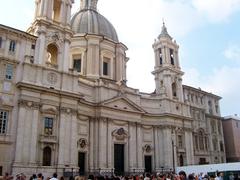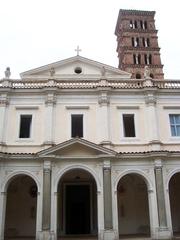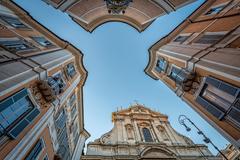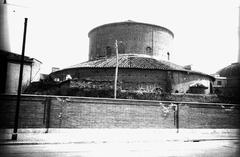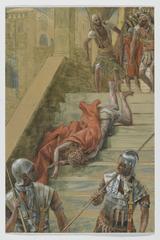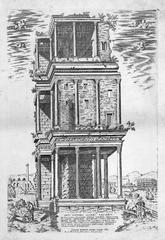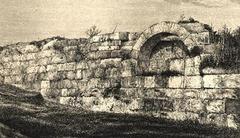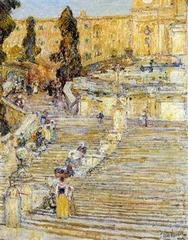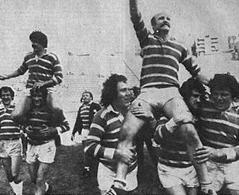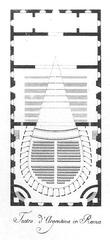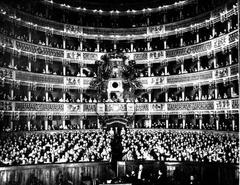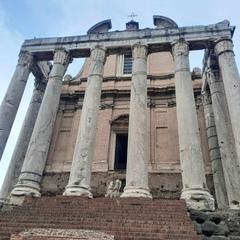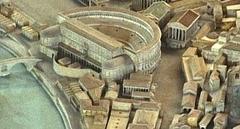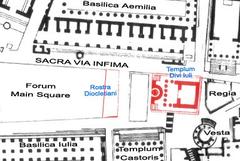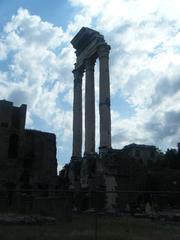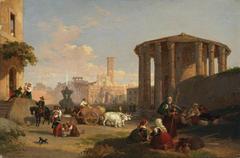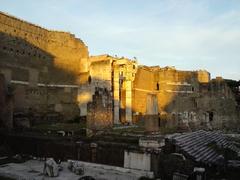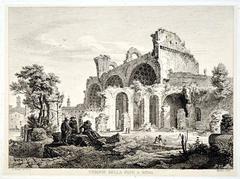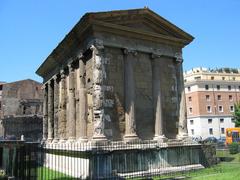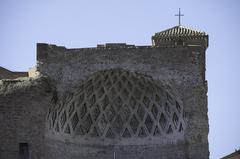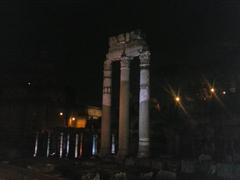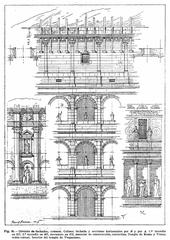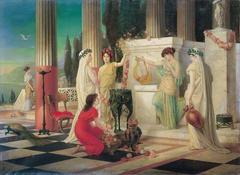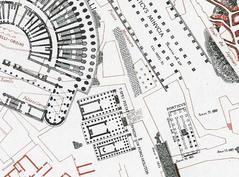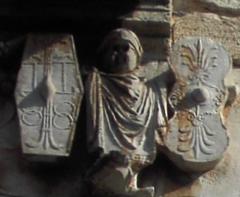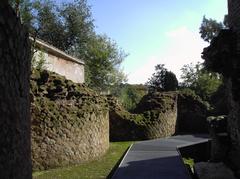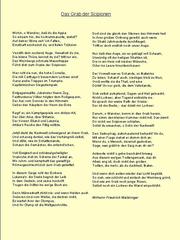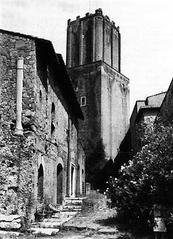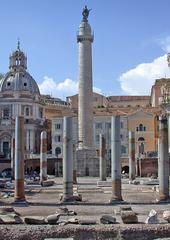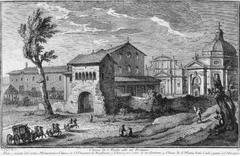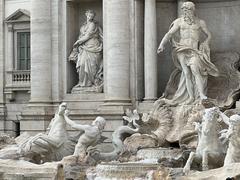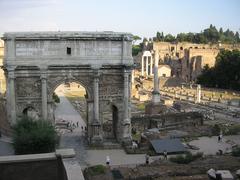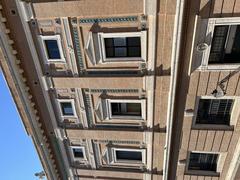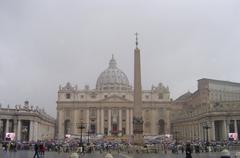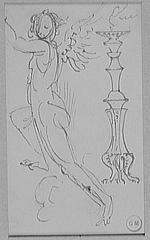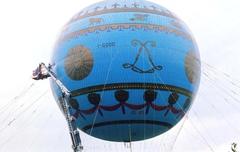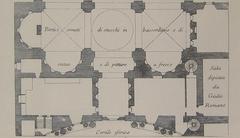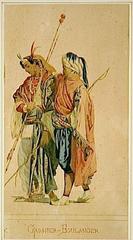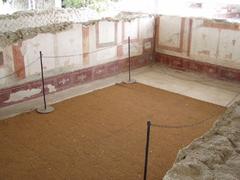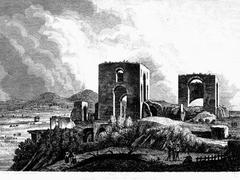Trinità dei Monti Visiting Hours, Tickets, and Historical Sites in Rome
Date: 19/07/2024
Introduction
Nestled in the heart of Rome, Trinità dei Monti stands as a beacon of historical, artistic, and cultural significance. This Roman Catholic church, commissioned by King Charles VIII of France in 1494, boasts a rich history that extends over centuries, intertwining the influences of French royalty and Renaissance architecture (Rome Art Lover). The church’s construction, completed in 1585 under King Louis XII of France, symbolizes the enduring Franco-Roman relations and serves as a testament to the architectural prowess of Giacomo della Porta and Carlo Maderno, renowned architects of the Renaissance period (Sacred Destinations).
Beyond its architectural marvels, Trinità dei Monti is a treasure trove of artistic heritage, housing masterpieces like the ‘Descent from the Cross’ by Daniele da Volterra, a pupil of Michelangelo. This church is not only a site of religious reverence but also a cultural icon, famously associated with the Spanish Steps, one of Rome’s most visited landmarks (Rome.net). Whether you’re an art enthusiast, a history buff, or a casual traveler, a visit to Trinità dei Monti offers a unique glimpse into the rich tapestry of Rome’s past and its enduring cultural legacy.
Table of Contents
- [Visiting Trinità dei Monti - History, Tickets, and Must-See Highlights in Rome](#visiting-trinità-dei-monti---history-tickets-and-must-see-highlights-in-romevisiting-trinità-dei-monti---history-tickets-and-must-see-highlights-in-rome)
- [History of Trinità dei Monti](#history-of-trinità-dei-montihistory-of-trinità-dei-monti)
- [Origins and Construction](#origins-and-constructionorigins-and-construction)
- [French Influence and Patronage](#french-influence-and-patronagefrench-influence-and-patronage)
- [Artistic Heritage](#artistic-heritageartistic-heritage)
- [The Spanish Steps](#the-spanish-stepsthe-spanish-steps)
- [Restoration and Preservation](#restoration-and-preservationrestoration-and-preservation)
- [Modern-Day Significance](#modern-day-significancemodern-day-significance)
- [Visitor Information](#visitor-informationvisitor-information)
- [Nearby Attractions](#nearby-attractionsnearby-attractions)
- [Frequently Asked Questions (FAQ)](#frequently-asked-questions-faqfrequently-asked-questions-faq)
- [Stay Updated](#stay-updatedstay-updated)
- [History of Trinità dei Monti](#history-of-trinità-dei-montihistory-of-trinità-dei-monti)
- [Conclusion](#conclusionconclusion)
- [References](#referencesreferences)
Visiting Trinità dei Monti - History, Tickets, and Must-See Highlights in Rome
History of Trinità dei Monti
Origins and Construction
The Trinità dei Monti, a prominent Roman Catholic church in Rome, Italy, has a rich history dating back to the late 15th century. The church was commissioned by King Charles VIII of France in 1494, during a period of significant French influence in Rome. The construction began in 1502 and was completed in 1585 under the patronage of King Louis XII of France. The architectural design of the church is attributed to Giacomo della Porta and Carlo Maderno, two renowned architects of the Renaissance period. The church’s façade, completed in 1585, is a fine example of Renaissance architecture, characterized by its symmetrical design and classical elements.
French Influence and Patronage
The Trinità dei Monti has always been closely associated with France. The church and the adjacent convent were originally managed by the French religious order, the Minims, founded by Saint Francis of Paola. The French kings, particularly Charles VIII and Louis XII, played a significant role in the church’s construction and maintenance. In 1828, the French government took over the administration of the church and the convent, further solidifying the French influence. This unique relationship adds to the church’s historical significance, highlighting the enduring cultural ties between France and Italy.
Artistic Heritage
Trinità dei Monti is renowned for its artistic heritage, housing several significant artworks from the Renaissance and Baroque periods. One of the most notable pieces is the fresco of the “Descent from the Cross” by Daniele da Volterra, a pupil of Michelangelo. Another significant artwork is the “Assumption of the Virgin” by Giovanni Battista Naldini, located in the apse of the church. The church also houses several other notable artworks, including frescoes by Perin del Vaga and Taddeo Zuccari, as well as sculptures by notable artists such as Jean-Baptiste Théodon and Pierre Le Gros the Younger.
The Spanish Steps
The Trinità dei Monti is famously connected to the Spanish Steps, one of Rome’s most iconic landmarks. The Spanish Steps, or Scalinata di Trinità dei Monti, were constructed between 1723 and 1725 to connect the church with the Piazza di Spagna below. The steps were designed by the Italian architect Francesco de Sanctis and funded by the French diplomat Étienne Gueffier. The Spanish Steps consist of 135 steps arranged in a series of terraces, providing a grand approach to the church. The steps have become a popular gathering place for tourists and locals alike, offering stunning views of the city and the church above.
Restoration and Preservation
Over the centuries, the Trinità dei Monti has undergone several restorations to preserve its architectural and artistic heritage. One of the most significant restorations took place in the early 19th century, under the direction of the French architect Valadier. In recent years, the church has continued to receive attention from preservationists. In 2016, a major restoration project was completed, funded by the Italian luxury brand Bulgari. These restoration efforts have ensured that the Trinità dei Monti remains a well-preserved example of Renaissance architecture and a testament to the rich cultural heritage of Rome.
Modern-Day Significance
Today, the Trinità dei Monti continues to be an important religious and cultural site in Rome. The church remains active, hosting regular religious services and events. It also attracts numerous tourists who come to admire its architectural beauty and artistic treasures. The church’s connection to France is still evident, with the French government maintaining its administration. In addition to its religious and cultural importance, the Trinità dei Monti offers visitors a unique vantage point to view the city of Rome.
Visitor Information
- Visiting Hours: Trinità dei Monti is open to the public daily from 7:00 AM to 7:00 PM. It is advisable to check the official website for any changes or special events.
- Tickets: Entry to the church is generally free. However, donations are welcome to help with maintenance and preservation efforts.
- Accessibility: The Spanish Steps can be challenging for those with mobility issues, but there is an alternative entrance with an elevator available at the nearby Piazza della Trinità dei Monti.
Nearby Attractions
- Piazza di Spagna: Located at the base of the Spanish Steps, this bustling square is home to the famous Fontana della Barcaccia and numerous shops and cafes.
- Villa Medici: Just a short walk from the church, this historic villa and gardens offer stunning views and art exhibitions.
- Trevi Fountain: A 10-minute walk from the Spanish Steps, this iconic fountain is a must-see attraction in Rome.
Frequently Asked Questions (FAQ)
- What are the visiting hours for Trinità dei Monti?
- The church is open daily from 7:00 AM to 7:00 PM, but it’s best to check the official website for any updates.
- How much do tickets cost for Trinità dei Monti?
- Entry is generally free, but donations are appreciated.
- Is Trinità dei Monti accessible for visitors with mobility issues?
- Yes, there is an alternative entrance with an elevator at Piazza della Trinità dei Monti.
Stay Updated
For more detailed information on the history and significance of Trinità dei Monti, you can visit the official website. Follow us on social media and download our mobile app Audiala for the latest updates and travel tips.
Conclusion
In conclusion, Trinità dei Monti is more than just a historical monument; it is a living testament to the cultural and artistic exchanges between France and Italy. From its inception in the late 15th century to its modern-day significance, the church encapsulates a blend of Renaissance architecture, French Gothic style, and Italian artistry (Fondo Ambiente Italiano). Its elevated position atop the Spanish Steps not only offers breathtaking views of Rome but also serves as a focal point for religious and cultural activities (Romewise).
The continued preservation efforts and the church’s active role in hosting events and services ensure that Trinità dei Monti remains a cornerstone of Rome’s historical and cultural landscape. Whether you’re exploring its artistic treasures, attending a religious service, or simply enjoying the panoramic views, Trinità dei Monti provides an enriching experience that connects you to the heart of Rome’s rich heritage (Romeing). For the latest updates and travel tips, make sure to follow us on social media and download our mobile app Audiala.
